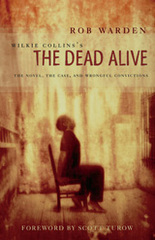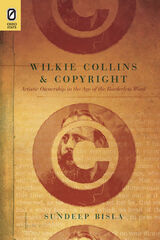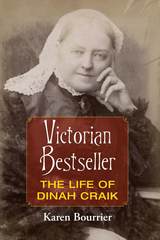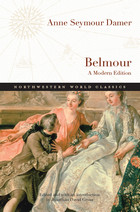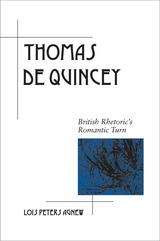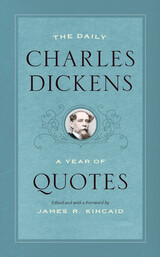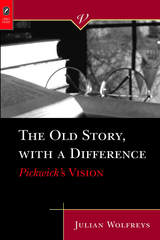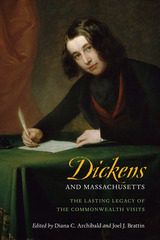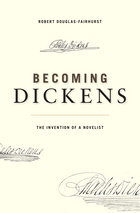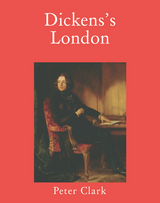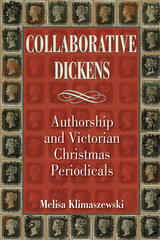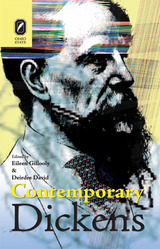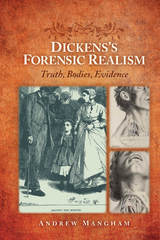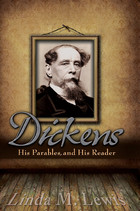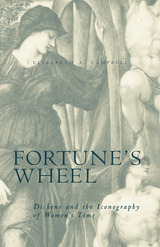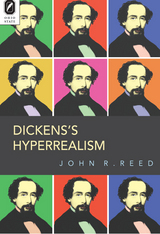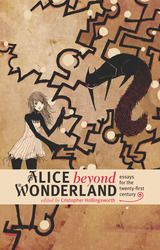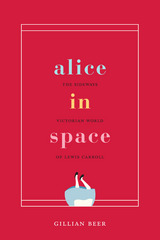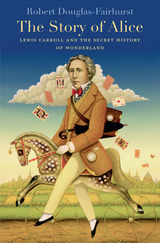Dickens' Working Notes for His Novels
University of Chicago Press, 1987
Cloth: 978-0-226-14590-7
Library of Congress Classification PR4586.D5 1987
Dewey Decimal Classification 823.8
Cloth: 978-0-226-14590-7
Library of Congress Classification PR4586.D5 1987
Dewey Decimal Classification 823.8
ABOUT THIS BOOK | AUTHOR BIOGRAPHY | TOC
ABOUT THIS BOOK
This volume collects for the first time all of Charles Dickens' extant plans and notes for his novels. Dickens wrote his novels in segments during the course of serial publication. Beginning with Dombey and Son, the sixth novel, he wrote out plans for each segment as he went along, sketching future developments, querying himself about options, noting motifs, establishing recurrent images, working out chronologies, experimenting with names, and, in general, reminding himself of what he had done and what he should do next. Some notes survive from before Dombey and those for a few novels after that are incomplete or abbreviated, but for the most part the plan from Dombey on are full and complete. Each sheet of these notes is reproduced here in actual-size photographic facsimile and is transcribed on the facing page in typographic facsimile, a format that preserves Dickens' holographic nuances and at the same time allows for the instant decipherment of his often difficult hand. Included are his plans for The Old Curiosity Shop, Martin Chuzzlewit, Dombey and Son, David Copperfield, Bleak House, Hard Times, Little Dorrit, Great Expectations, Our Mutual Friend, and Edwin Drood. The volume also contains thirty-three full-page illustrations and a full-color frontispiece.
Harry Stone, an internationally recognized Dickens scholar, provides the reader with a full account of Dickens' methods of planning and working. In a comprehensive introduction and extensive notes, he uses Dickens' written plans to illuminate the thought and technique of the novels. He examines creative concerns, such as Dickens' process of naming and visualization, and technical matters, such as his use of various pen nibs, ink colors, and papers.
By making fully available and comprehensible Dickens' own cache of in-process plans, possibilities, and alternatives for shaping his novels, Dickens' Working Notes offers unparalleled insights into the novelist's art and into the nature of the creative imagination.
Harry Stone, an internationally recognized Dickens scholar, provides the reader with a full account of Dickens' methods of planning and working. In a comprehensive introduction and extensive notes, he uses Dickens' written plans to illuminate the thought and technique of the novels. He examines creative concerns, such as Dickens' process of naming and visualization, and technical matters, such as his use of various pen nibs, ink colors, and papers.
By making fully available and comprehensible Dickens' own cache of in-process plans, possibilities, and alternatives for shaping his novels, Dickens' Working Notes offers unparalleled insights into the novelist's art and into the nature of the creative imagination.
See other books on: 1812-1870 | Dickens, Charles | Facsimiles | Manuscripts | Notebooks, sketchbooks, etc
See other titles from University of Chicago Press


